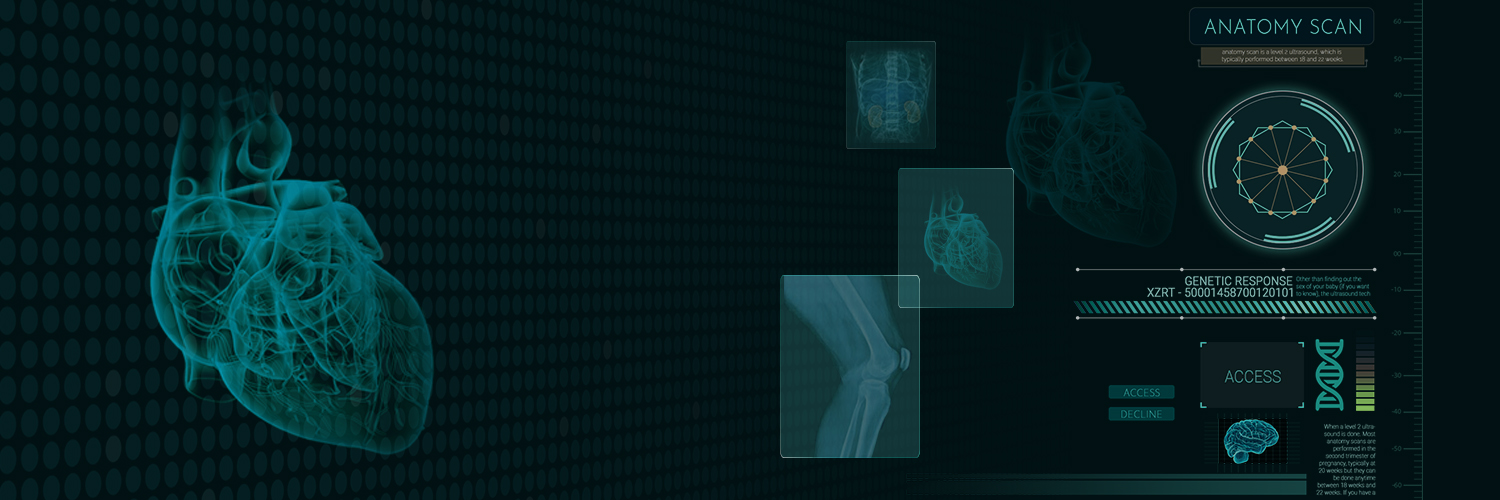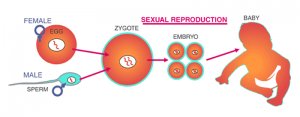
Animals and plants reproduce as a law of nature. It is a means of ensuring the survival of the species and in the context of evolution. Organisms choose among different methods to reproduce. Sexual and asexual reproductions are two major classifications, having its own advantages and disadvantages. Each method is appropriate for different species.
Vertebrates, such as humans, are almost exclusively reproduce sexually. Many simpler animals reproduce asexually.
1. Single parent involved
2. No gamete formation or fertilization
3. The whole process takes place in a small period of time
4. Rapid multiplication and growth
5. Limited variation (genetically similar)
Asexual Reproduction could be classified into many kinds:
(i)Binary fission in amoeba
(ii)Budding in Hydra
(iii) Spore formation in Rhizopus fungus (or bread mould)
(iv) Regeneration in Planaria (flatworm)
(v)Fragmentation in Spirogyra
(vi) Vegetative propagation in flowering plants (like rose plants)
It is observed in both unicellular and multicellular organisms.

1. Two parents are involved (both male and a female).
2. Gamete formation and fertilization take place.
3. The whole process is slow and lengthy.
4. The variation occurs; offspring are different from parents, genetically and physically.